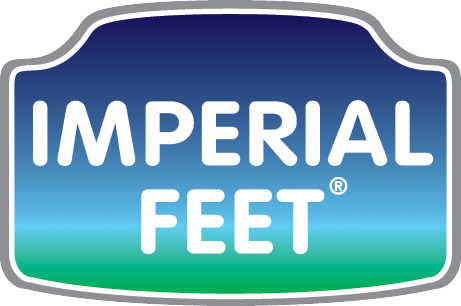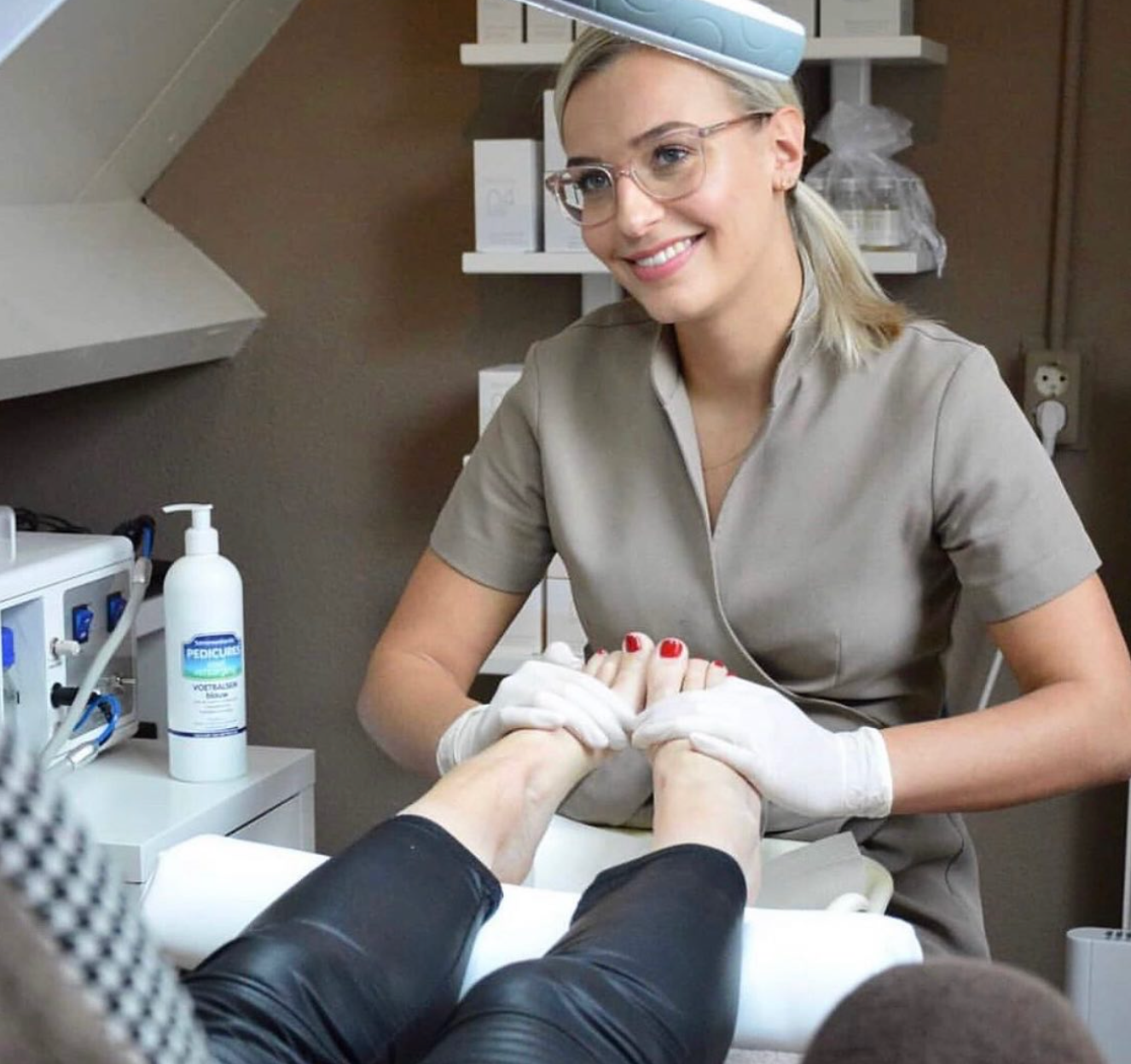4 Different Types of Athlete's Foot
Athlete’s foot (Tinea pedis) isn’t a one-size-fits-all infection—there are several types, each with unique symptoms and treatment approaches. Knowing the different types helps tailor care and ensure faster healing.
1. Interdigital (Toe Web) Athlete’s Foot
Most common type
-
Location: Between the toes, especially the 4th and 5th
-
Symptoms:
-
Peeling, white and soggy skin
-
Cracking and itching
-
Possible foul odor
-
-
Common causes: Excess moisture, tight shoes, poor drying after washing
✅ Treatment:
-
Topical antifungal treatment like Imperial Feet Athlete's Foot Solution
-
Keep area dry and wear breathable socks
-
Use soaks like Imperial Feet Foot Soak if skin is too moist or macerated
2. Moccasin-Type Athlete’s Foot
Chronic and often mistaken for dry skin
-
Location: Soles, heels, and sides of the foot
-
Symptoms:
-
Thickened, dry, scaly skin
-
Possible cracking or peeling
-
Usually affects both feet
-
-
Common in: Long-term infections, especially in people with eczema or diabetes
✅ Treatment:
-
Consistent use of topical antifungal like Imperial Feet Athlete's Foot Treatment
-
Moisturize after treatment to repair dry skin
3. Vesicular (Blistering) Athlete’s Foot
Inflammatory and painful form
-
Location: Arch or instep of foot
-
Symptoms:
-
Sudden outbreak of fluid-filled blisters
-
Itching, redness, and pain
-
May be triggered by sweating or allergic reaction to fungus
-
✅ Treatment:
-
Topical antifungal creams after blisters dry
-
Avoid puncturing blisters to reduce infection risk
4. Ulcerative (Severe) Athlete’s Foot
Rare, but serious and often secondary infected
-
Location: Between toes or across the sole
-
Symptoms:
-
Open sores, severe inflammation
-
Pus or secondary bacterial infection
-
Painful and may cause difficulty walking
-
✅ Treatment:
-
Oral or topical antibiotics
-
Wound care: Keep clean and dry
-
Medical referral required—especially for immunocompromised clients
🛡️ Prevention Across All Types:
-
Daily foot washing and thorough drying, especially between toes
-
Rotate shoes and wear moisture-wicking socks
-
Recommend Imperial Feet Foot Deo Spray Helps keep the feet dry and odor-free
-
Disinfect shoes and pedicure tools
-
Avoid walking barefoot in communal areas
👣 Professional Tip for Pedicurists & Foot Care Experts:
If you notice signs of athlete’s foot in a client—especially ulcers, blisters, or widespread scaling—pause the service and refer them to a healthcare provider. Early identification protects both the client and your practice.


